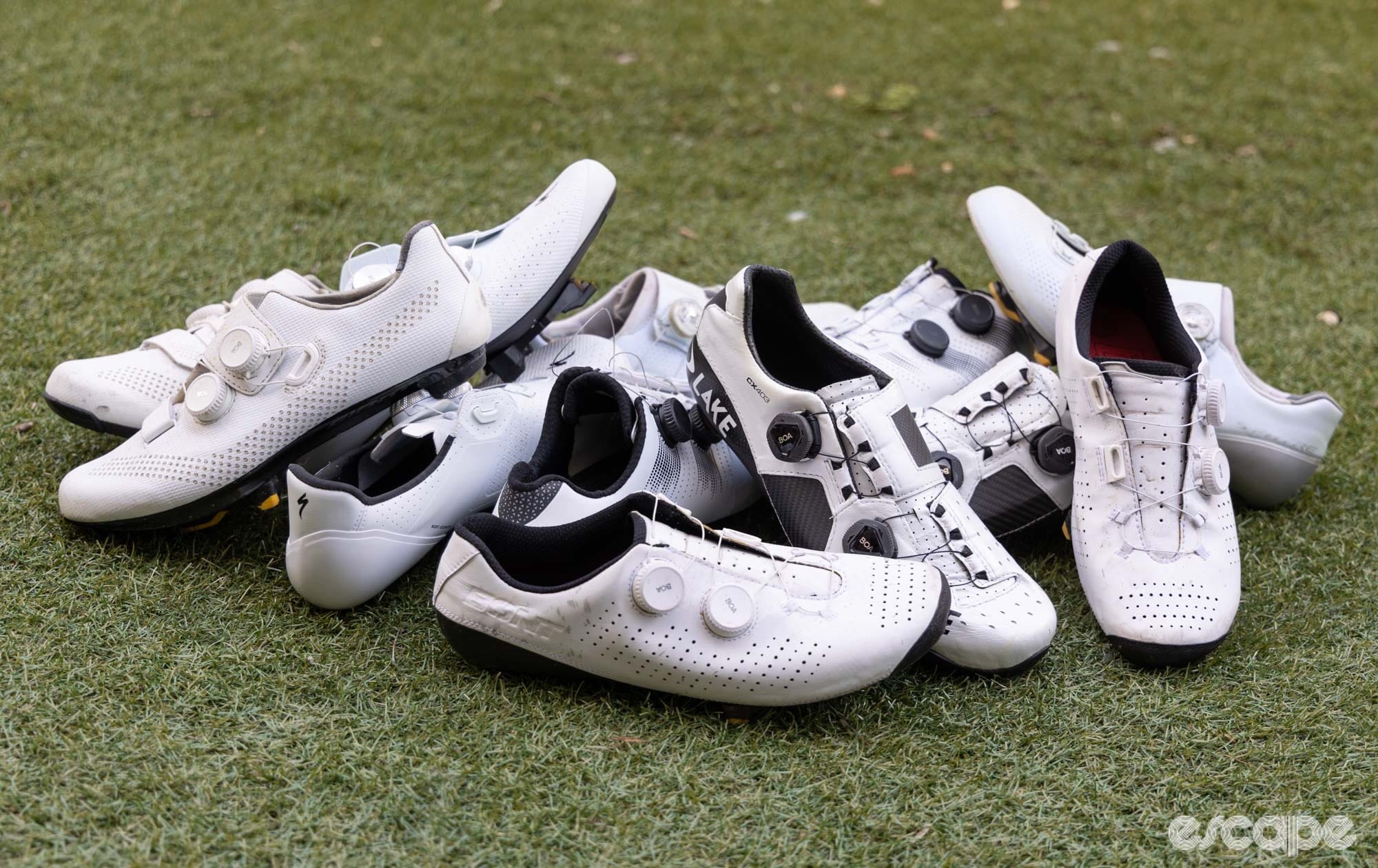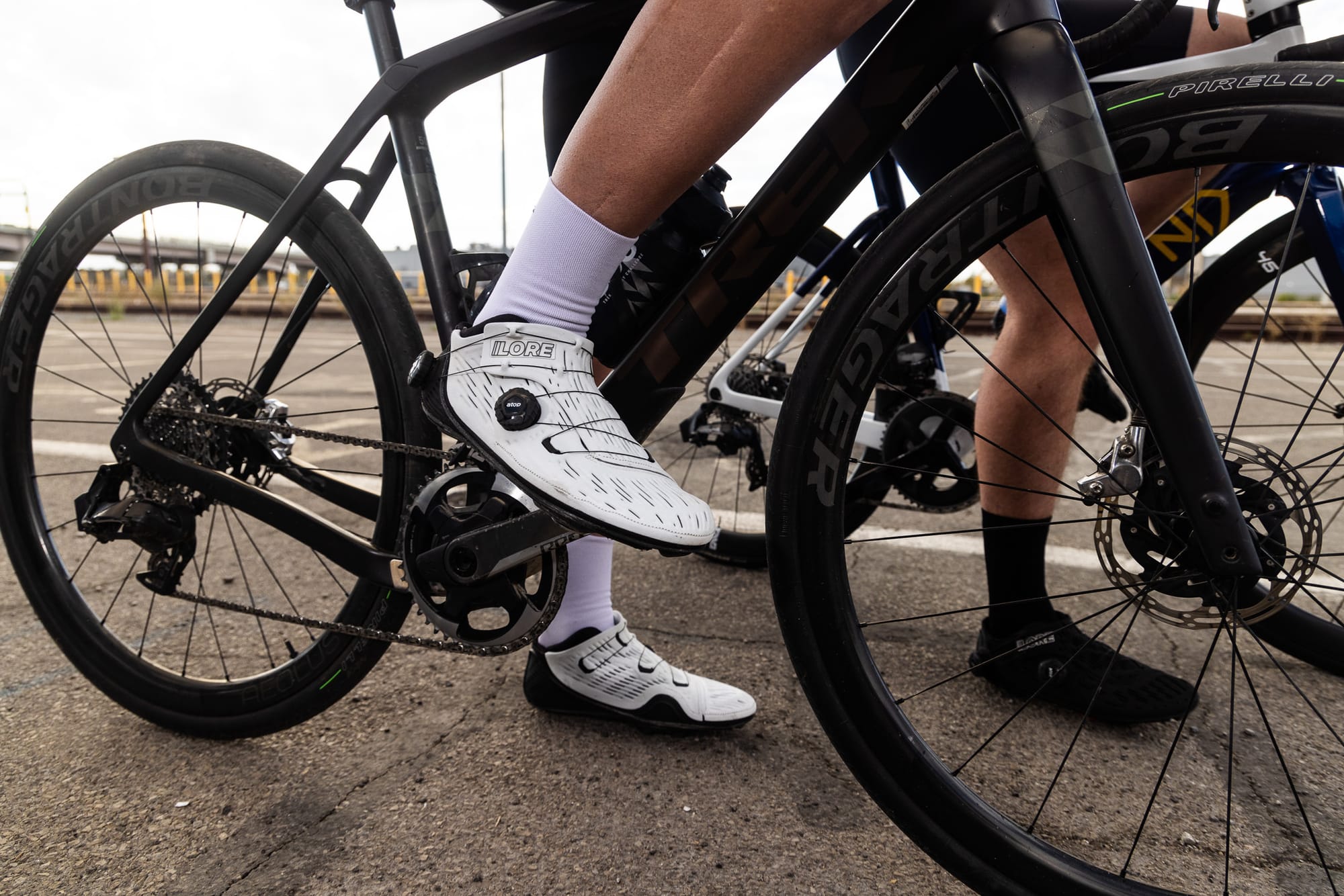Getting a bike fit is often at the top of the list of upgrades people can make to their bikes. Part of any good premium bike fit should consider your shoes, not just your cleat position but also how your shoe supports your foot. As the only contact points between your legs and the bike, how your feet interact with the pedals directly impacts efficiency, power delivery, and comfort. And as I’ll get into, many of us have been compromising our comfort and performance for years by forcing our feet into shoes that are too narrow.
The foot contains a complex array of 26 bones interacting across 33 joints and over 100 muscles, tendons and ligaments, all of which play a role in natural foot movement. Admittedly, your feet are evolved for walking and running rather than cycling, but your cycling shoe must work with these joints and tissues rather than fight against them. When the foot is restricted in how it can operate, other areas of the body may be forced to compensate, potentially leading to overuse injuries.

If you experience hot spots or tingling, numbness, or general discomfort when wearing cycling shoes, the logical place to start is by examining how your foot sits in the shoe, and proper width is key. Even if you don’t consider yourself to have wide feet in regular street shoes, there is a high chance you could benefit from increasing the width of your cycling shoes.
The problem with ill-fitting cycling shoes
Many cyclists experience some kind of foot discomfort while cycling. Plenty of riders typically excuse this issue as just part of cycling. However, it simply shouldn’t be accepted.
For most cyclists, cycling shoes have traditionally been at the narrower end of the spectrum. Why? Because iconic brands, such as Sidi, have long used narrow lasts ideally suited to narrower-width feet and many other brands have followed that trend over the years. In recent years, we have seen a growing understanding that such a narrow last isn’t the best match for wider or even average-width feet. Julian Wall is the owner of Cycle Fit, a fitting studio in London, and a professional bike fitter for EF Education-EasyPost. His experience suggests the number of riders to have narrow feet to be staggeringly low. “Only around 1 in 20 to 30 riders actually have a true narrow foot," he said.
Did we do a good job with this story?




